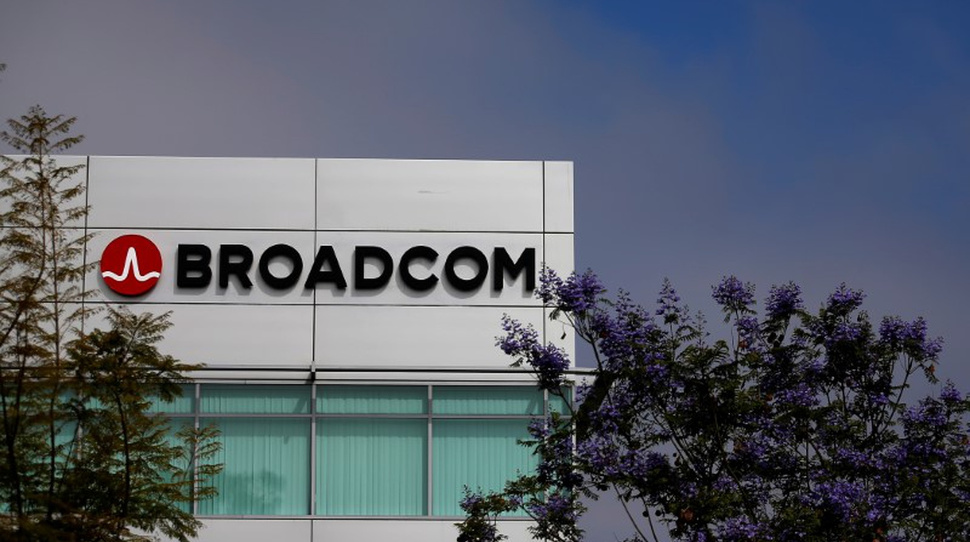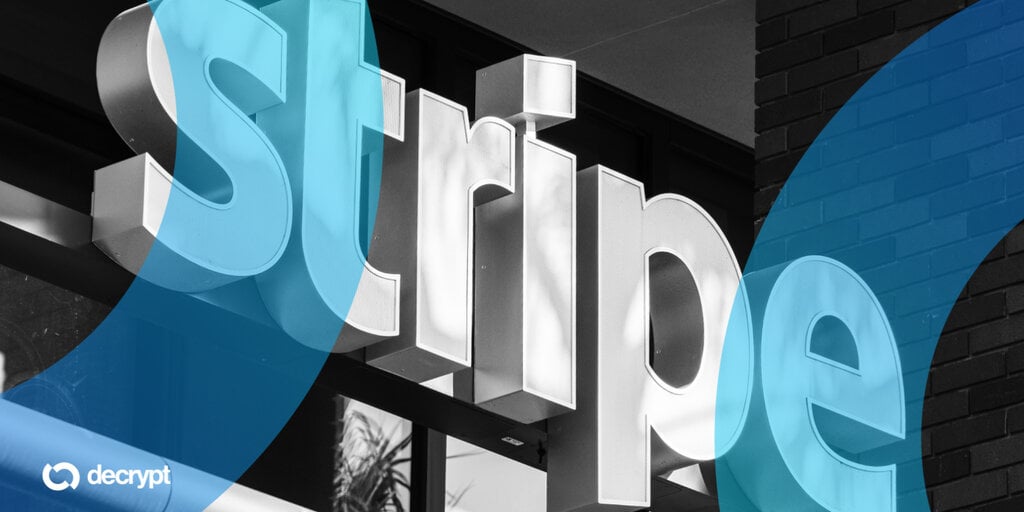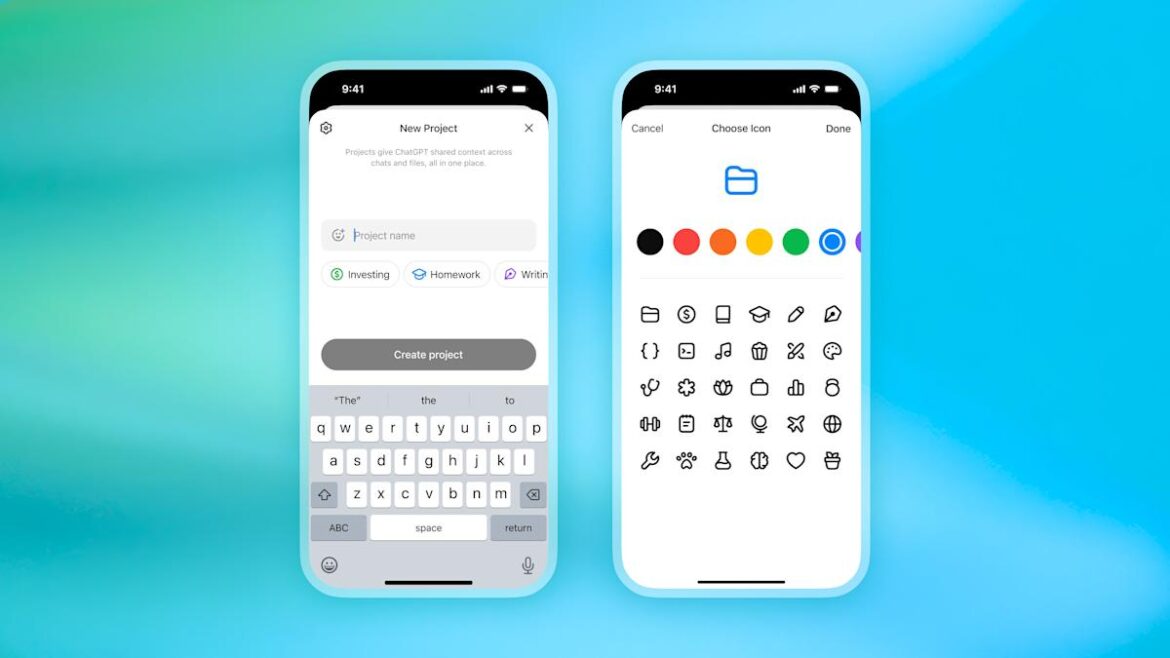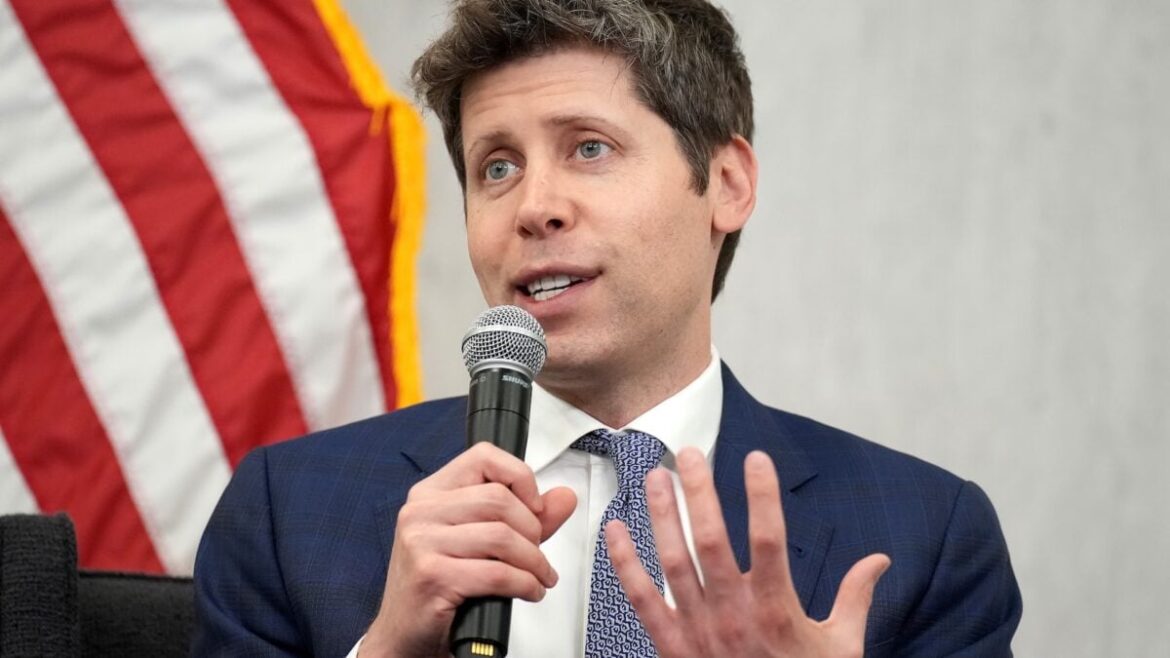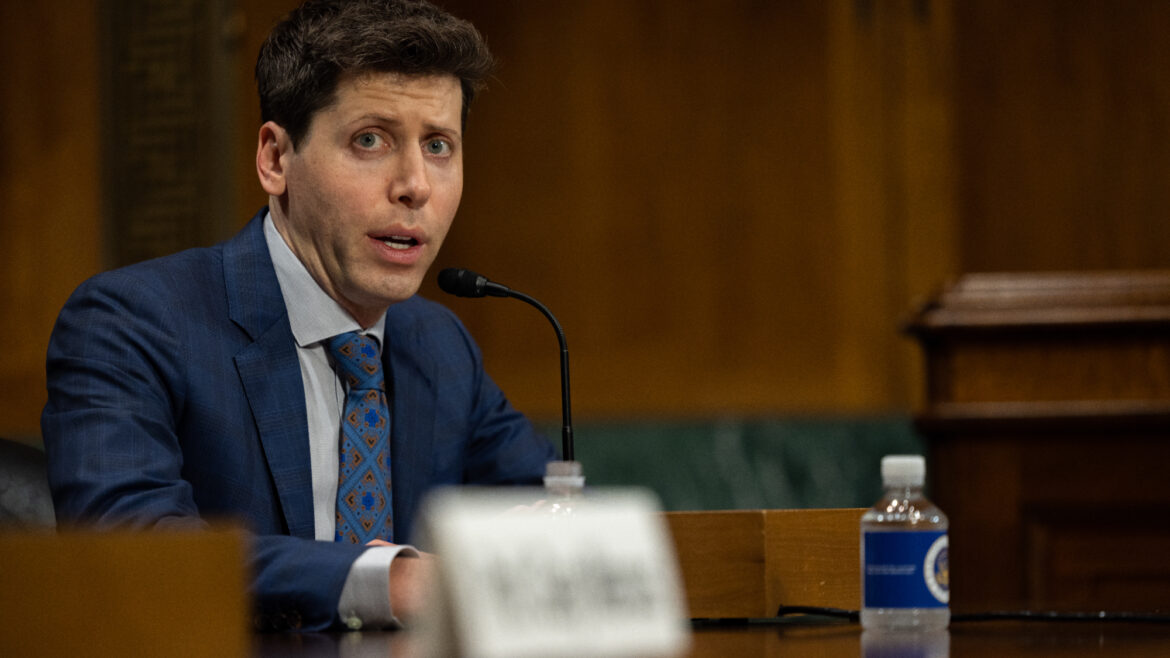OpenAI and Oracle signed a deal “to purchase $300 billion in computing power over roughly five years,” one of the largest cloud computing deals ever, reports the Wall Street Journal.
In July, the two companies revealed their partnership to build data centers worth 4.5 gigawatts of power as part of the broader Stargate project they announced with Softbank and President Trump, without explaining how much OpenAI planned to pay for the datacenters. OpenAI’s contract will begin in 2027, according to the report.
While reporting quarterly earnings on Tuesday, Oracle CEO Safra Catz announced that three unnamed companies had signed “four multi-billion-dollar contracts” in Q1, part of a trend that she said is increasing Oracle’s cloud infrastructure revenue by 77 percent this year. Overall, the company said that in Q1 it added more than $317 billion in future contract revenue, a massive dollar amount that sent share prices soaring and Chairman Larry Ellison to the top spot of the world’s richest person list.


